Solving the Puzzle of Better Behavior with Breathe—Move—Learn
April 23, 2024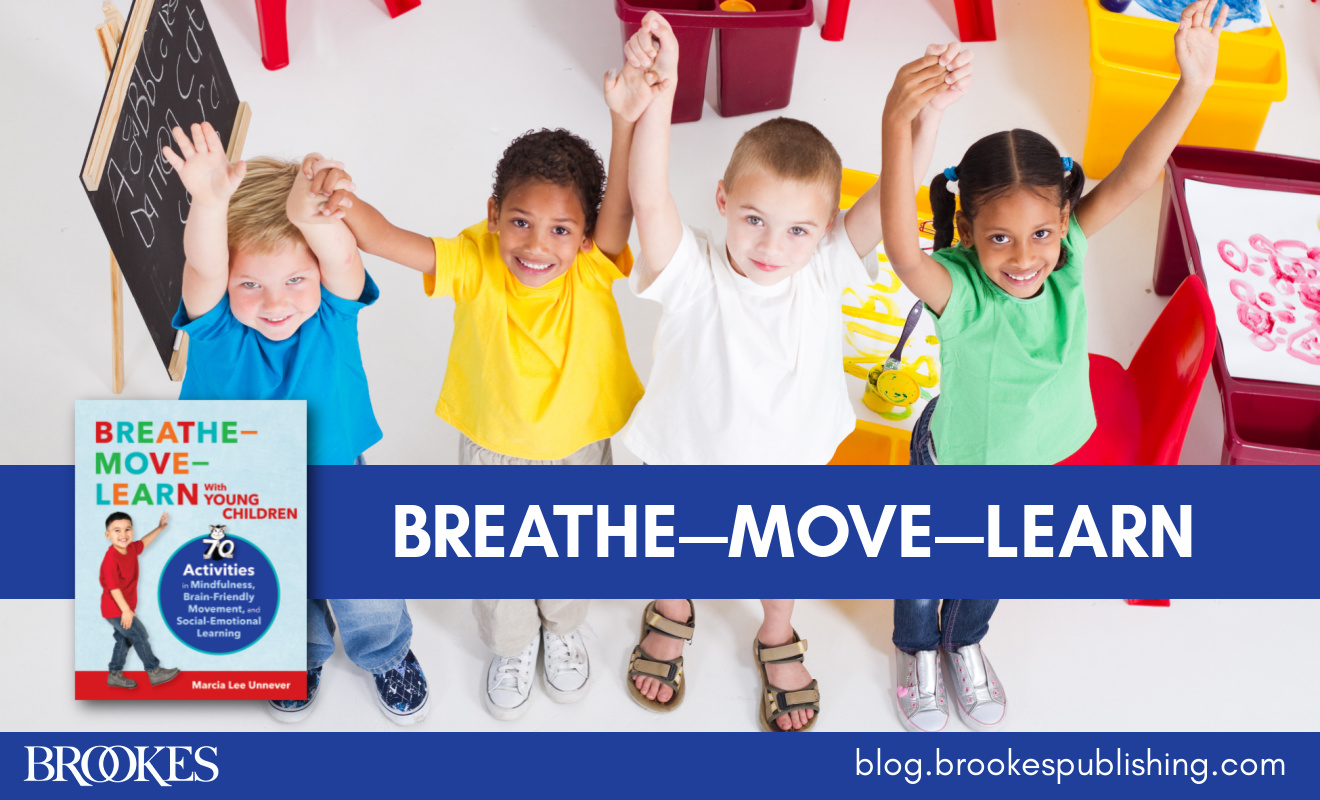
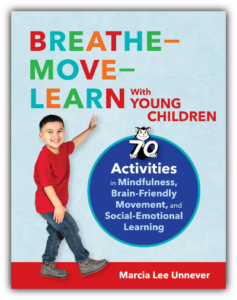 Can mindful breathing, cross-lateral movement, and social-emotional learning help a child change their behavior? Research studies and actual classroom experience say yes—and today, one of our authors is here to explain how. Marcia Lee Unnever, author of Breathe—Move—Learn With Young Children, shares some great examples from her book, which is packed with activities that promote growth, development, and behavior management in early childhood to elementary school.
Can mindful breathing, cross-lateral movement, and social-emotional learning help a child change their behavior? Research studies and actual classroom experience say yes—and today, one of our authors is here to explain how. Marcia Lee Unnever, author of Breathe—Move—Learn With Young Children, shares some great examples from her book, which is packed with activities that promote growth, development, and behavior management in early childhood to elementary school.
***
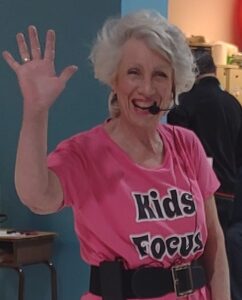
Behavior management can be one of the great challenges in our classrooms. How can simple breathing and movement exercises help children learn to self-regulate and improve their own behavior? What social-emotional learning tools can we give children to help them choose more positive behavior?
Breathe—Move—Learn With Young Children offers 70 wonderful answers. I have seen firsthand how these activities help young children feel calmer, focused, and happier. When kids begin to recognize they can make themselves feel better inside, they can make a better behavioral choice using simple breathing, brain-friendly movement, and engaging social-emotional discussions.
Mindful Breathing
Let’s start with mindful breathing. Many kids breathe shallowly, which can make a child feel anxious. Deeper breathing calms the nervous system and switches on the brain.
How do we encourage deeper breathing? Here’s an example from Breathe—Move—Learn.
First, ask children to Check In. In order for a child to change their behavior, they must be able to feel what’s going on inside them. Say to children: “Stand up tall and close your eyes. What does the weather feel like inside your body? Stormy, sleepy, excited? Open your eyes.”
After Check In, begin doing Balloon Belly Breathing. Say to children: “Place your hands on your belly. Breathe deeply and feel your belly get rounder. Then breathe out slowly with a whooshing sound. Repeat this three more times. Check inside again. How does the weather inside you feel after you breathe deeply into your belly? Calmer, quieter?”
Brain-Friendly Movement
Let’s move on to choosing a brain-friendly movement. Here’s one example from Breathe—Move—Learn: Cross Lift is a really effective cross-lateral movement that switches on both sides of the brain and requires absolute focus. Cross Lifts encourage coordination, brain integration, and balance. This movement looks simple, but it requires lots of practice and concentration.
Say to children: “Stand tall. Lift your right knee and slowly cross over and touch your right knee with your left hand, then release. Lift your left knee and slowly cross over and touch your left knee with your right hand, then release. Repeat this five more times. Check inside again. How do you feel now: more alert, steadier, stronger? Just notice how you feel inside.”
Social-Emotional Learning
Finally, you can choose an inspiring social-emotional learning topic to help children explore how they think and feel about their behavior choices. Three Good Things, another activity from Breathe—Move—Learn, is a delightful exploration of how we can change a heavy, challenging feeling into something lighter and more positive.
Begin by recognizing different feelings and how important they are for taking care of ourselves. Then help children explore how it feels to focus on three good things they are thankful for in their lives; for example, hugs from mom or dad, playing with a pet, eating ice cream, etc. Have children draw a picture that shows how they feel inside when they think about three good things and make a positive choice.
These are just a few examples of the 70 activities available in Breathe—Move—Learn, which can help you support children’s growth and development of self-regulation and behavior management. Learn more secrets of behavior management in Breathe—Move—Learn With Young Children, and watch the video below to see Marcia Lee Unnever introduce the book!
Watch and share this clip of Marica Lee Unnever introducing Breathe–Move–Learn.
Have questions about Breathe—Move—Learn? Marcia would be happy to answer them; you can contact her through the Kids Focus website. To explore the book and place your order, just follow the link below!

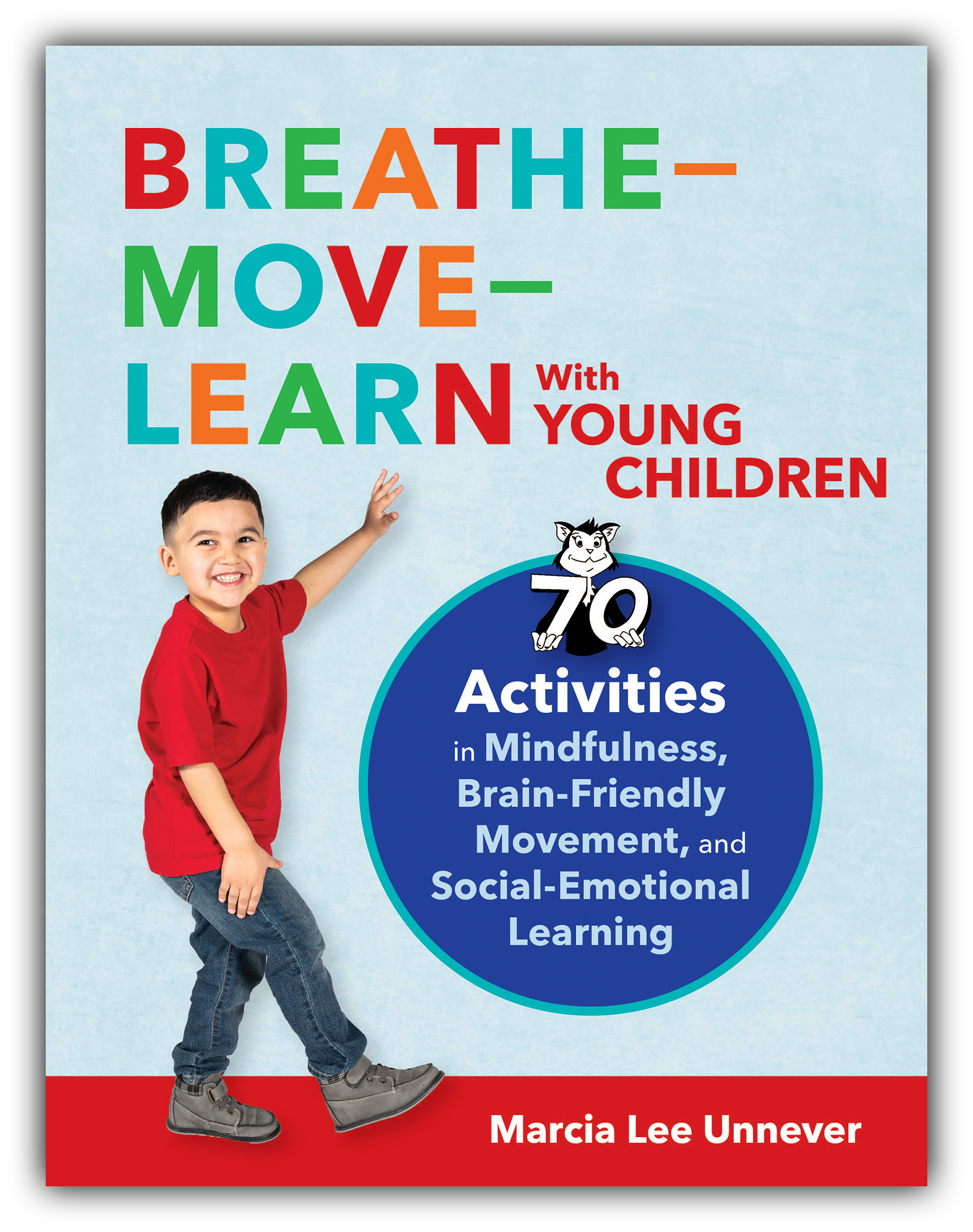
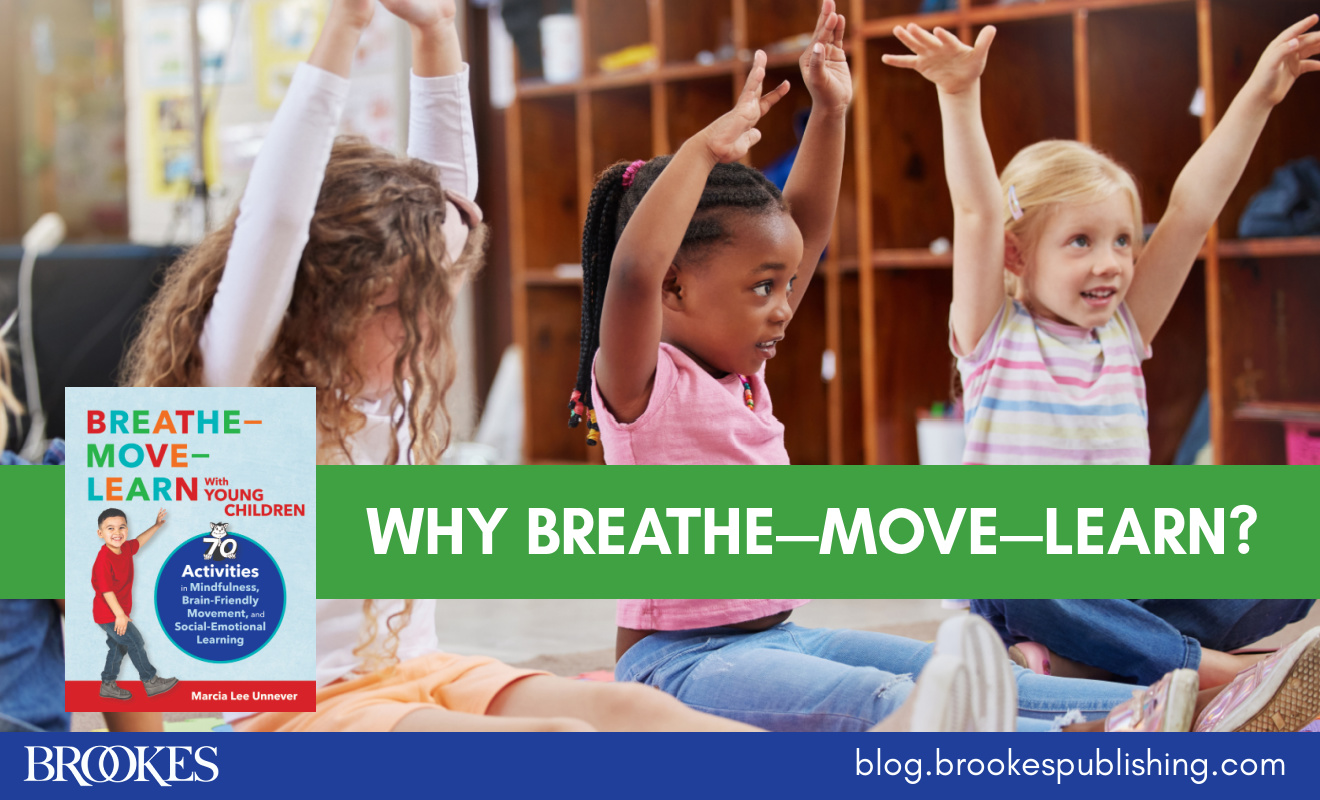
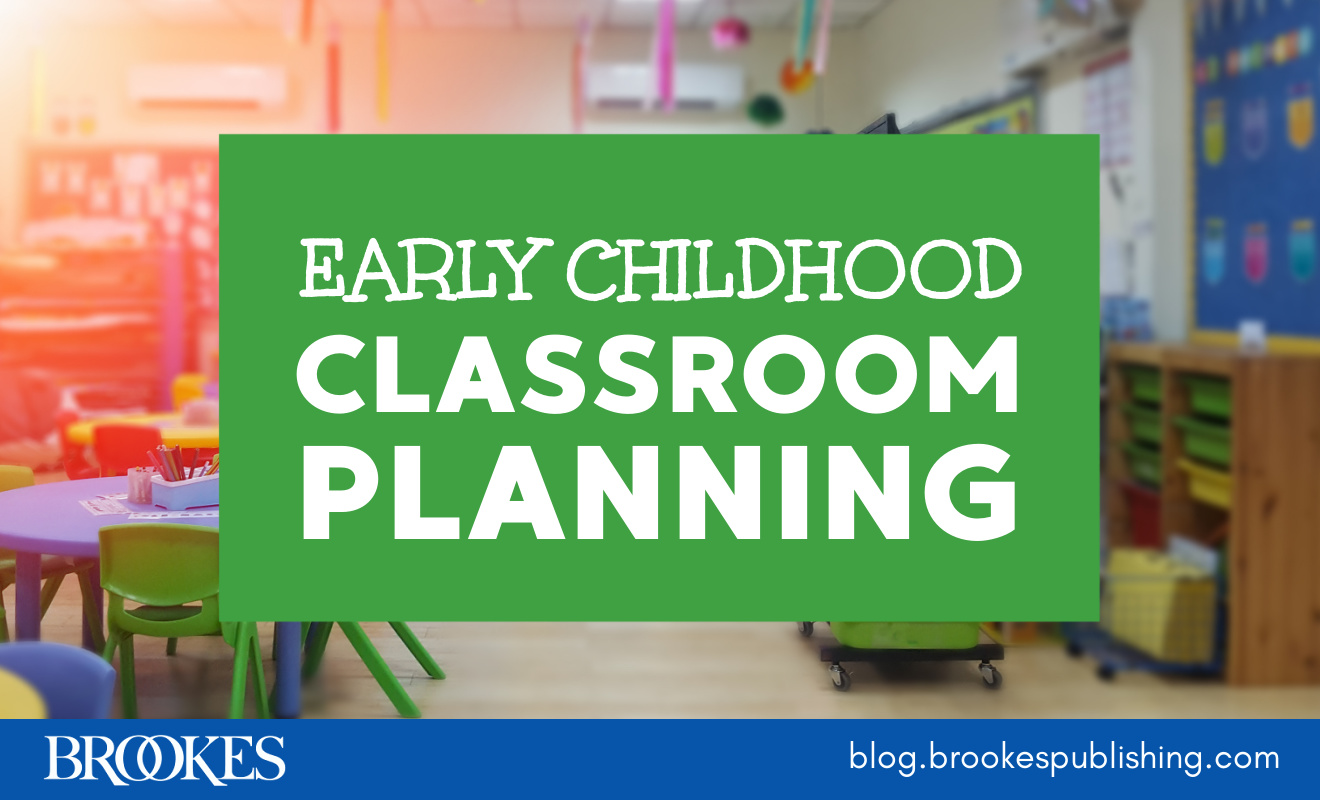
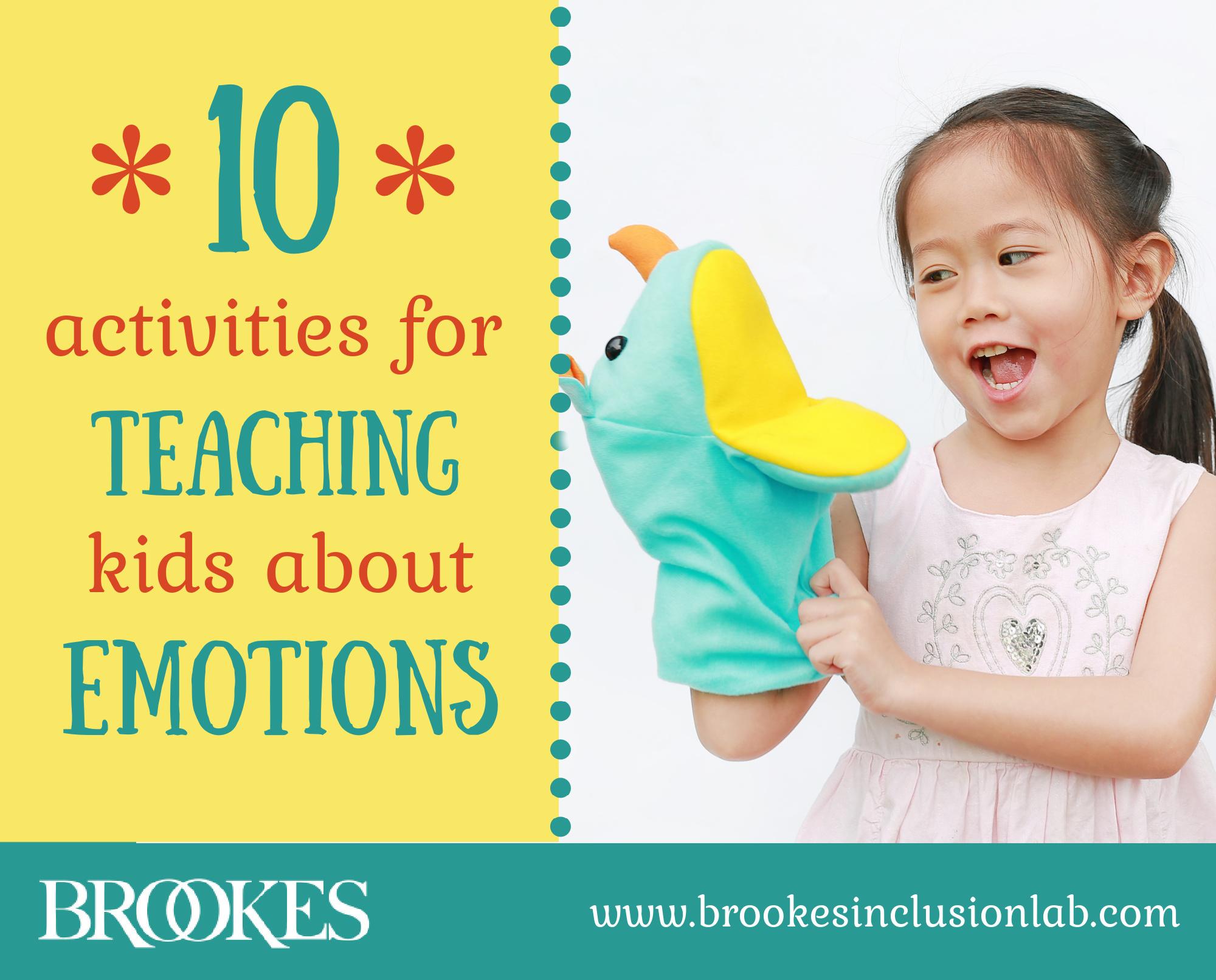
Write a Comment
Your email address will not be published. Required fields are marked *
Post a Comment